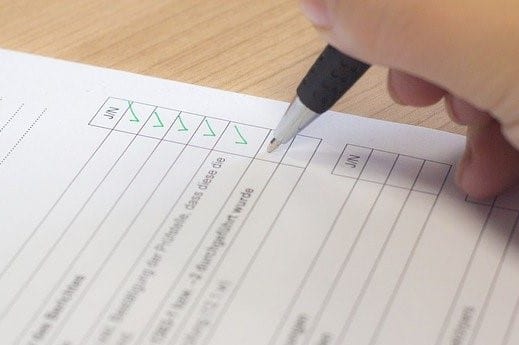Local Church Geologic Assessment
Location: Princeton, New Jersey
Regulatory Program: N/A
Duration: July 2003
Summary: Depth to bedrock investigation
Representatives of a local church asked Princeton Geoscience to assess the feasibility of excavation on a one-acre parcel of land adjacent the existing church building. Workers had encountered difficult excavation during previous work in the undeveloped area and the church representatives wanted to know whether such conditions were present throughout the area.
Princeton Geoscience designed and implemented a field investigation to determine depth to unweathered bedrock throughout the undeveloped area. A field inspection indicated that bedrock at the site consists of reddish-brown shaley siltstone (Passaic Formation). A mantle of residual silty soil commonly overlies this rock type, formed by the in-place weathering of the bedrock. The residual material contains progressively more abundant and less-weathered fragments of the siltstone bedrock with depth. This weathered material can be excavated easily, but the underlying unweathered siltstone cannot. Therefore, the depth to unweathered bedrock was determined as a means of evaluating the feasibility of performing excavation throughout the undeveloped area.
The field program utilized direct-push drilling equipment to collect soil cores to the depth of the unweathered bedrock surface, or to a depth of eight feet, whichever was shallowest. A total of 18 borings were completed along three transects. At each location, Princeton Geoscience made notations including a detailed description of the soils encountered, depth to bedrock and total depth of the boring. Use of the lightweight direct-push sampling equipment allowed completion of the project without disturbance to the grass and other landscaped areas in which the work was performed.
Princeton Geoscience prepared a concise report describing the field investigation and its results. The report included boring logs detailing site findings at each boring location and a contour map showing measured and interpreted depths to unweathered bedrock throughout the investigation area. Based upon the field investigation data, Princeton Geoscience determined that excavation was possible throughout approximately two thirds of the undeveloped area. In the remaining one-third of the undeveloped area, Princeton Geoscience identified less-weathered bedrock horizons within the soil profile and competent bedrock at depths of less than five feet, and concluded that these conditions which would significantly impede or prevent excavation to the desired depths.
